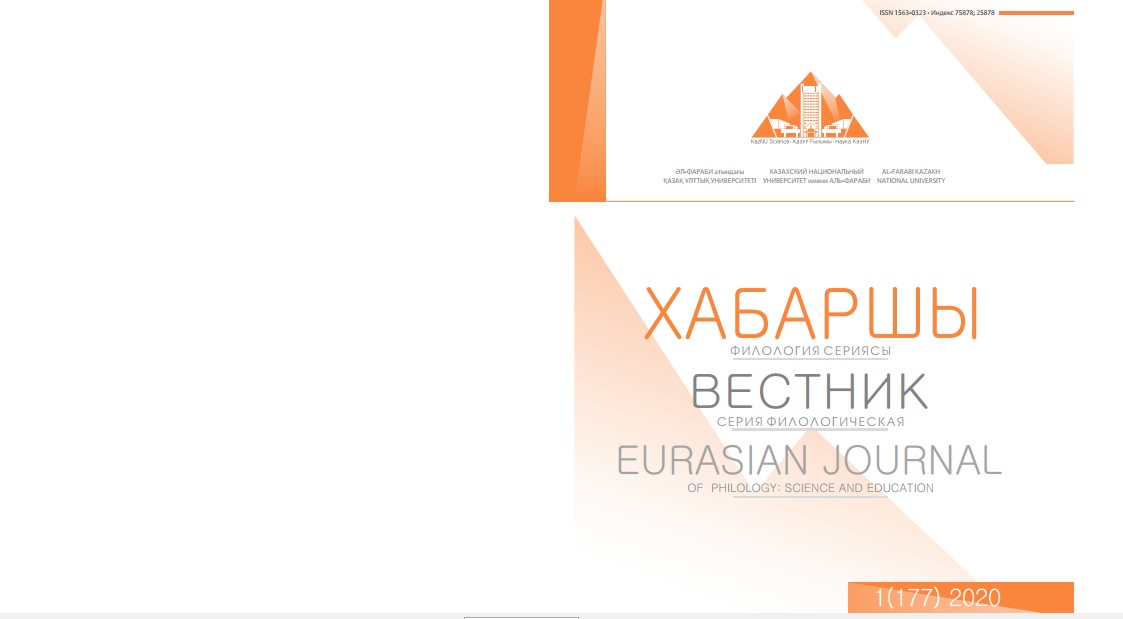The functions of the image of the house in G. Belger’s novel “Tuyuksu”
DOI:
https://doi.org/10.26577/EJPh.2020.v177.i1.ph9Abstract
This article contains the image of the house in the novel by G. Belger “Tuyuksu”, opens various
artistic functions of this important archetypal image. The article shows the aesthetic value of this image.
Firstly, the image of the house helps the writer to show more fully and truly the character, to reveal the
nuances of his inner spiritual world, to show his connections with national traditions, the subconscious
aspects of his inner life, for example, the basic role of the image of the house in the subject attributes
of the national mental picture of the world Germans. The quality factor of a house, its everyday, functional arrangement, convenience for a versatile and fulfilling life, cleanliness and kilter in a house and
outbuildings, even a certain comfort, is a centuries-old stereotype in material and everyday culture that
subconsciously conditions the psychological feeling of self-sufficiency and reliability of life. Through this
stereotype, the attitude to his home, the writer characterizes his hero, Edmund Worm, shows his inner
state in various situations of life, including emigration, return to Kazakhstan after many years, reaction to
the neglected house in perestroika period. The house’s image is very important for the writer and other
characterization of other characters, for example, the old Jaimurza, revealing the features of his inner
world, his studying the “big” world during a trip to city searching for “lost” children. The purpose of this
article is to determine the role the house’s image and other subject images in G. Belger’s novel Tuyuksu.
The objectives of the study: to identify and analyze the subject images surrounding the heroes; identify
their functions; establish the meaning house’s image in the novel “Tuyuksu”.






